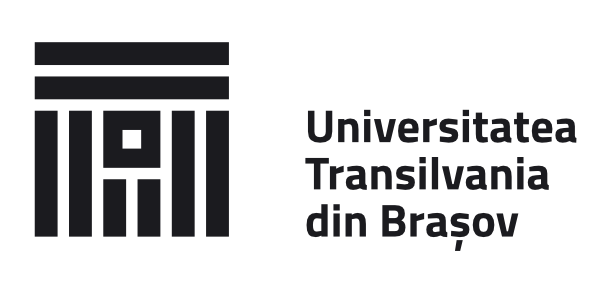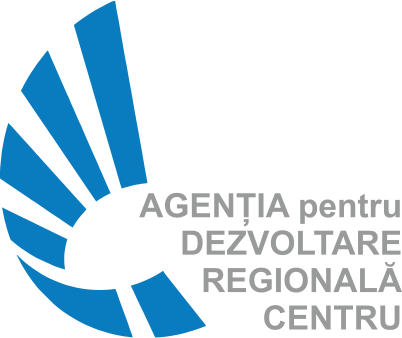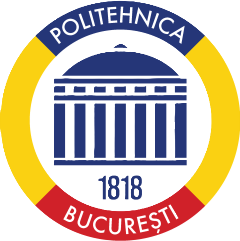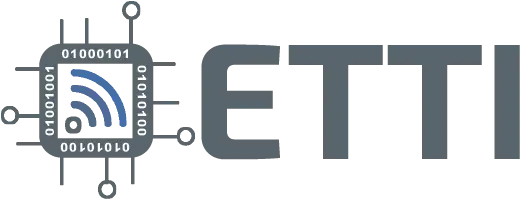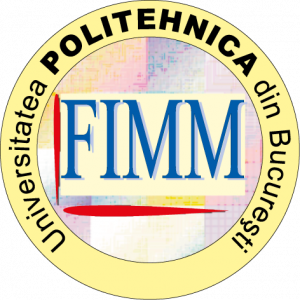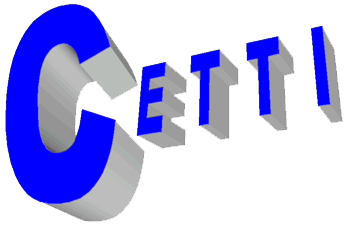TIE-T Plus -Thermal
Thermal management optimization is an iterative process that requires multiple rounds of simulation, testing, and refinement. As new components or cooling technologies are introduced, the thermal management system must be continuously evaluated and optimized to ensure it can handle the evolving heat loads and maintain the desired performance and efficiency targets.
Choosing the most appropriate cooling method, such as active or passive cooling, is key to optimizing thermal performance. Simulation and modeling can help engineers evaluate the effectiveness of different cooling solutions and select the most suitable approach for their specific application.
Simulation and modeling can help evaluate and refine initial thermal management concepts. By virtually testing different design ideas, engineers can identify the most promising approaches and make informed decisions before investing in physical prototypes, leading to a more efficient and cost-effective design process. As computational power and algorithm sophistication improve, engineers will have access to more advanced tools to tackle increasingly complex thermal management challenges.
The Role of Simulation and Modeling
Predictive Capabilities
Simulation and modeling allow engineers to predict thermal behavior and identify potential hot spots before physical prototyping. By virtually testing various design scenarios, engineers can gain valuable insights into the thermal performance of their systems, enabling them to make informed decisions and optimize the design before investing in physical hardware. Optimization Opportunities
Optimization Opportunities
These simulation and modeling tools enable designers to explore a wide range of design options and find the most optimal thermal management solutions. By comparing the thermal performance of different cooling techniques, component placements, and airflow patterns, engineers can identify the most efficient and cost-effective approach to maintain the desired operating temperatures within their electronic devices.
Reduced Costs
Simulation and modeling can significantly reduce the need for costly physical testing and iterations. By identifying and resolving potential thermal issues early in the design process, engineers can minimize the number of physical prototypes required, saving time and resources. This approach allows for a more streamlined and efficient product development cycle, ultimately leading to faster time-to-market and reduced overall costs.
Integrated Multiphysics
The integration of thermal management with other physical domains, such as electromagnetics and structural mechanics, will become increasingly important. By considering the interactions between these different phenomena, engineers can develop a more comprehensive understanding of the system’s behavior and optimize its performance more effectively.

Cristina Mihaela Dragan, Continental Automotive Romania
Ciprian Ionescu, POLITEHNICA Bucharest, Romania


